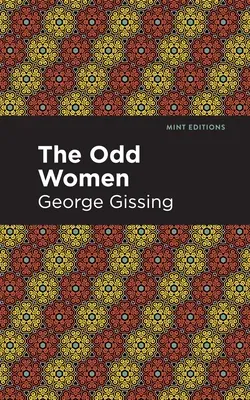The Odd Women (1893) is a novel by George Gissing. Inspired by a
report of over one million more women living in Britain than men,
Gissing sought to explore the societal and personal implications of
unmarried life while exploring the demands of the growing feminist
movement. The Odd Women is a story of romance, independence, and the
pressures of society that poses important questions about convention in
Victorian England while proving surprisingly relevant for our own times.
After moving together to London, the unmarried Madden sisters rekindle
their relationship with Rhoda, a neighbor and friend from their
childhood in Clevedon. Rhoda, also unmarried, lives with Mary Barfoot,
with whom she runs a secretarial school for young women. While Monica,
the youngest Madden sister, is bullied into marrying Edmund Widdowson, a
middle-aged brute, Rhoda rejects the advances of Mary's cousin Everard.
Opposed to marriage altogether, Rhoda is initially able to avoid the
fate of Monica, who suffers in her stifling relationship with Edmund and
longs for a younger, romantic man named Bevis. Striking up an affair,
Monica meets secretly with Bevis while attempting to avoid the
suspicions of her jealous, overbearing husband. When a detective hired
by Edmund sees Monica knock on the door of Everard's apartment, Edmund
sets out to smear the innocent man's name just as he has secured an
engagement with the reluctant Rhoda. With a beautifully designed cover
and professionally typeset manuscript, this edition of George Gissing's
The Odd Women is a classic work of English literature reimagined for
modern readers.


